By Leopold Leeb
Austrian sinologist Leopold Leeb came to China in 1995 to do his doctoral research in philosophy. After receiving his doctorate from Peking University in 1999, he worked as a translator and researcher at the Institute of World Religions under the Chinese Academy of Social Sciences till 2004. His research interests include Western classical languages, ancient and medieval literature, philosophy and religion. His major publications include Zhang Heng, Science and Religion and several Latin textbooks and dictionaries.
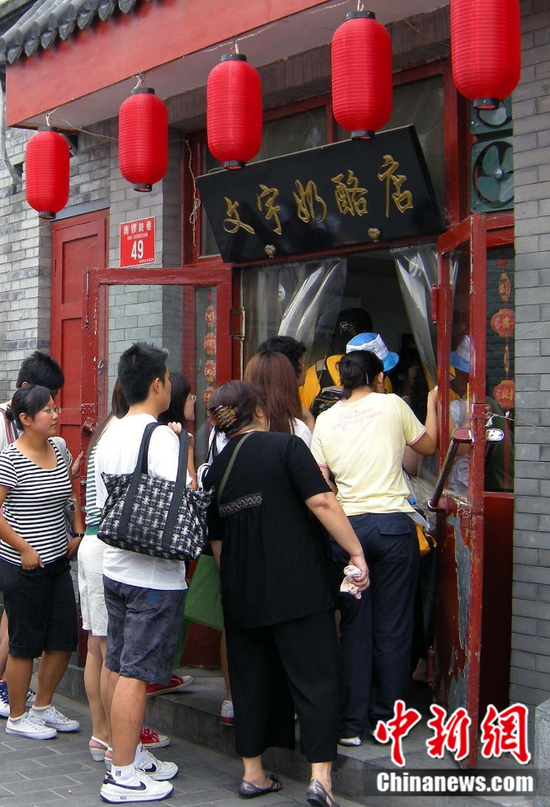
Latin and Chinese, an Amazing Relationship
A few years ago, I wrote a comprehensive account of the introduction of Latin into China, including the early cultural exchanges, academic translations and the creation of new words in the late Ming and early Qing dynasties. I also mentioned the Latin learners in China, from the earliest ones, such as Luo Wenzao (1615–1691) from Fujian Province and Zheng Manuo (1633–1673) from Guangdong Province, to those in the early twentieth century. I also touched upon the Chinese literati's interest in classics at the end of the twentieth century, Latin schools in China, as well as the writing and publication of Latin textbooks and bilingual dictionaries in China.
The relationship between Latin and Chinese is truly amazing. Few people know that the ancient Chinese word lao (酪), meaning "cheese," was pronounced LAK, and the Latin for milk is lac. Luobo (萝卜), the Chinese word for "radish," also reminds me of the Latin word for it, rapum.
Latin and ancient Chinese are both ancient languages, dating back more than two thousand years, and well preserved in many documents. When compared with ancient Greek, ancient Hebrew and ancient Chinese, Latin is regarded as the most modern ancient language because its vocabulary contains many modern words, such as "republic," "suffrage," "civil law" and "international law," which were used by the ancient Romans. The Romans wrote textbooks on the law, grammar and logic, and encyclopedias that cover many fields of knowledge, and they also studied astronomy. Many words of the ancient Roman language are still in use today
Modern Chinese Words from Latin
About 60% of English words and many words in modern Chinese come from Latin. The word "modern" (现代) in the phrase "modern Chinese" (现代汉语) comes from the Latin word modernus, which first appeared in Roman papal literature in 496 AD, meaning "near" and "just past." The literati during the time of Roman emperor Charlemagne, who ruled around 800 AD, described their era as modernum saeculum (the modern period). Thus "modern," first used by the Romans, became a word used by all European languages and other languages globally. The word "card" (from medieval Latin charta, meaning "a piece of paper") is also derived from Latin. A large number of Latin words have been translated into modern Chinese. People use them every day but rarely think about their origin.

An emotional example is muyu (mother tongue) and muxiao (alma mater). Muyu comes from lingua materna ("mother tongue" in English, langue maternelle in French, and Muttersprache in German). In the Chinese dictionaries of the 1930s, there was no "mother tongue," only "native language" or "national language." Notably, the first Latin author to talk about "mother tongue" was ancient theologist and philosopher Saint Augustine. He was the first to describe in the autobiographical Confessions how babies learn their languages from their mothers, and from then on, Europeans began to pay attention to the role of mothers in language education. The word alma mater comes from the medieval Latin alma mater (a kind mother) and refers to one's school, because a school, like a mother, gives children (spiritual) nourishment and enables them to grow.
Latin is the "most romantic" language in the world. At the same time, it is also the language of science. For instance, most of British mathematician Isaac Newton’s works were written in Latin. Elements, the mathematical treatise by ancient Greek mathematician Euclid, which was translated by Matteo Ricci, defined many geometric concepts and created many terms in Chinese, such as sanjiaoxing (三角形, meaning triangle), zhengfangxing (正方形, square), dian (点, point), mian (面, area) and ti (体, volume). Ti originally meant the "human body" in Chinese and had no geometric connotation. We use the words liti (立体, three-dimensonal), wuti (物体, object) and qiuti (球体, sphere) today because the Latin word corpus (human body/body) has changed the meaning of the Chinese word ti by giving it a geometric connotation.
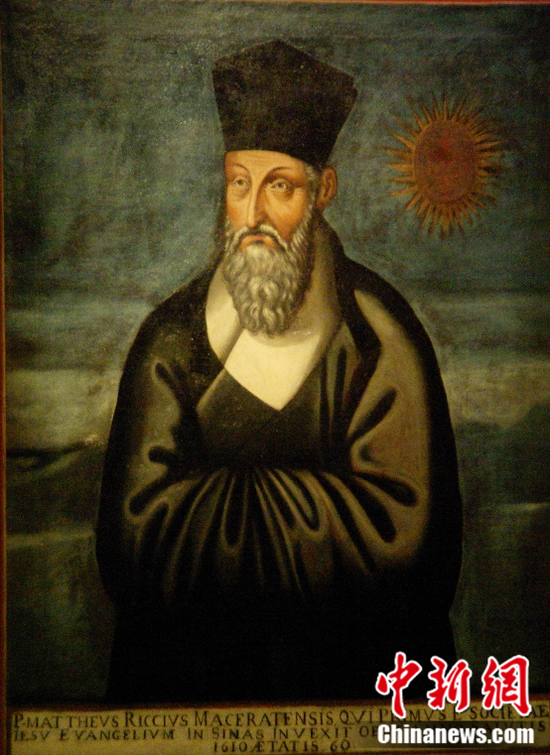
Latin has enriched Chinese in many ways, and has given it many terms. For example, ancient Chinese did not have grammatical terms such as verb, noun, adjective, conjunction, preposition and pronoun, nor terms like civil law, criminal law, marriage law, commercial law, contract, international treaty, association and committee. But today every Chinese village has a village committee. Who knew that the word came from the Latin committere (to give, or give voice to a person by appointing them)?
Latin is also the most "powerful" language. Modern Chinese phrases such as xiangxiangli (想象力, imagination, derived from vis imaginationis), jiyili (记忆力, memory, vis memoriae) and lijieli (理解力, comprehension, vis intellectiva) all come from Latin concepts.
When I started studying Chinese in 1988, I did not expect to find so many familiar words. At that time I thought Chinese was a completely different system or another way of thinking. But today I know that the Chinese use the same vocabulary as the Europeans in many ways. We have long been brothers intellectually, especially since 1949, when "vernacular" and "Mandarin" were promoted and the old "semi-traditional" Chinese was abandoned.
The Chinese today are accustomed to using suffixes like xing (性) or "-ty" as in chunjie xing (纯洁性, purity) and zhuyi (主义) or "-ism," but few know where they came from. By the thirteenth century, there were many schools of thought and debates among scholars in European universities, and they began to use the suffixes "-ista" and "-ismus" (e.g., nominalismus, nominalism) to express a particular ideological tendency or ideology. However, because modern Chinese terms are written in Chinese characters, the Chinese don't realize that these words have a foreign origin.
In fact, Latin has also "transformed" many traditional Chinese words. For example, in ancient Chinese, the word shehui (社会) referred to group activities such as festivals and temple fairs, but today it mostly refers to "society," as in social relations, social class, sociology and socialism. The Latin language has helped us recover the original meaning of "society." Latin societas (society) comes from socius, meaning "ally" and "friend." Thus, society is the product of friendships. Moreover, in medieval Latin, societas also meant “association” and "civil society," implying that people organized "societies" to lead a rich social life.
Striking Similarities Between Ancient Chinese and Latin
There are striking similarities between some ancient Chinese and Latin words. For example, the Roman word pupilla has two meanings: "little girl" and "pupil of the eye." The Chinese word tong (瞳, pupil), is written by putting two characters together: "童" (child) and "目" (eye). What’s the reason for that? Is it because we see our own image reflected in others’ eyes—as a kind of shrunken child? How else can we explain the similarity between pupilla and tong?
There are other examples. The Latin word fructus primarily means "fruit," but like the Chinese word jieguo (结果) or "fruit/result," it also has the abstract meaning of "result." This may have been inspired by the "cause and effect" philosophy of Buddhism. The saying in Chinese, "As you sow, so you reap," is equivalent to the Latin idiom Sicut seminaveris ita metes. However, the Latin word fructus can also mean "fetus" or "child," as in fructus ventris tui (the child you give birth to). Because Latin words were influenced by legal thought in many ways, fructus also means "to enjoy," "to benefit" and "the right to benefit."
Both Easterners and Westerners use the word "flower" and certain animals as a metaphor for the beauty of women. For example, the Latin adjective florens (flowering) means "beautiful," which is similar to the Chinese saying that a person is "a flower." The original character used to denote the Chinese word for "flower" (花)—hua (华)—meant "gorgeous." Many Chinese girls have names like Xiaohua (little flower) or Hongmei (red plum blossom). The West too has a similar phenomenon: the Latin rosa became Rose, lilium Lily and the Hebrew susanna (lily) became Susan, and so on. The Latin word margarita (pearl; from Greek) also became a female name, Margaret, similar to the Chinese names inspired by gems, such as Daiyu (meaning jade).
The Chinese words gao (high), ping (flat) and di (low) not only indicate the height of a person but also a mood and attitude, such as "proud," "easy-going" and "feeling low." In Latin too, such words are used to denote a mental state: Celsus (high) can also mean "proud," aequus (equal) can mean "calm" or "fair," humilis (short, low) "insignificant" or "inferior." In addition, the Latin word sublimitas (highly, sublime) associates "excellent" with "high," like the Chinese word gaoshang (高尚) meaning "noble."
The Latin caput (head) can mean "the main city of a country," which is the root of the modern Chinese word shoudu (首都, meaning capital). At the same time, caput is also the "chapter" of a document and interestingly, the Chinese language also uses the word shou (首) to refer to a "chapter," as in the case of The 300 Tang Poems (唐诗三百首), an anthology of poems from the Tang Dynasty (618–907).
The Chinese words dingning (丁宁) and dingdang (丁当) are both onomatopoeic but the first also means "repeated instructions." The Latin word tinnire also combines these two meanings: nummuli tinniunt (the coins are clinking) and nimium iam tinnis (you have said and instructed too much).
There are many more examples of this kind and I have mentioned them in my book Pons Latinus. I want to encourage more Chinese readers to learn Latin, and so I have written and compiled several textbooks and dictionaries. Today, Chinese students give a lot of time to learning ancient Chinese, still very few learn Latin.

I began teaching Latin in Beijing in 2002, and 20 years on, my interest in teaching Latin has not waned. Instead, it has grown.
Latin also gives me a strong sense of belonging. For example, the tombstone of Zheng Manuo, the first Chinese to study in Europe, found in Beijing in 2018, has an inscription written both in Chinese and Latin side by side, connecting the two cultures. When I started reading Zheng's story, I felt that it was my own story in a way. Zheng Manuo's life and his bilingual inscription have given me a deep admiration and appreciation for Beijing as a lingdu, a spiritual capital.























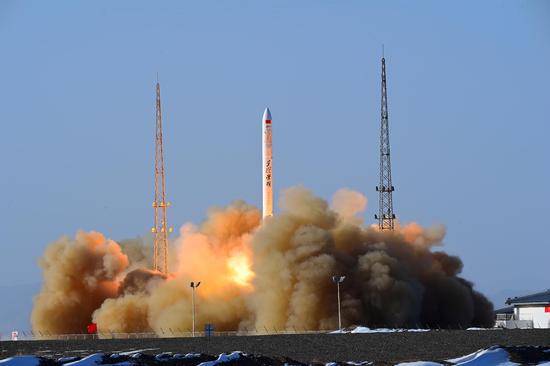


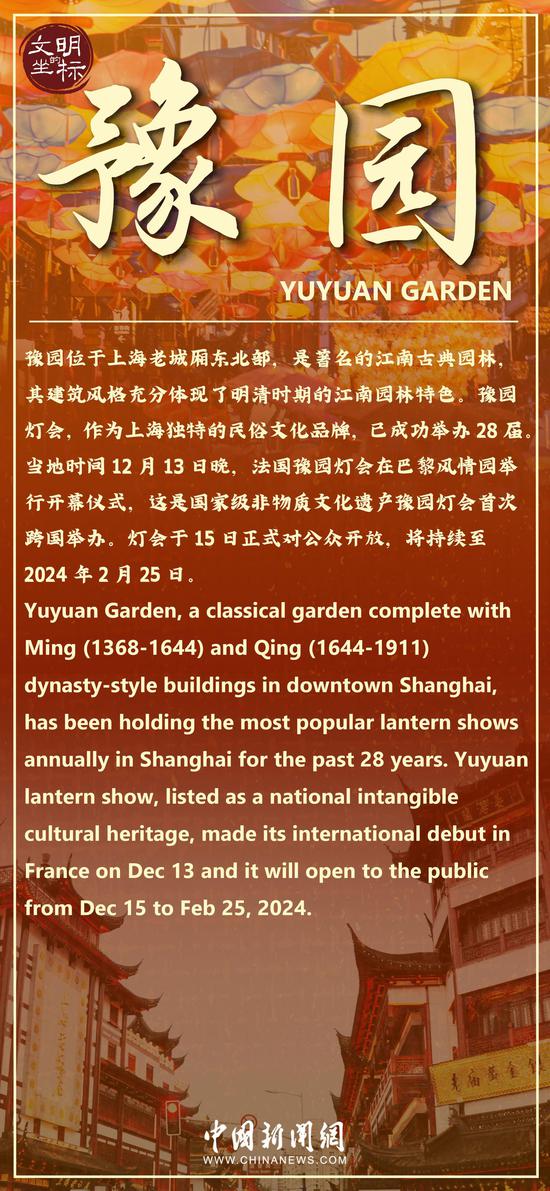





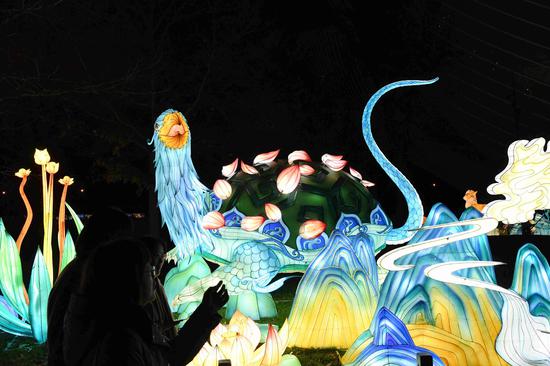
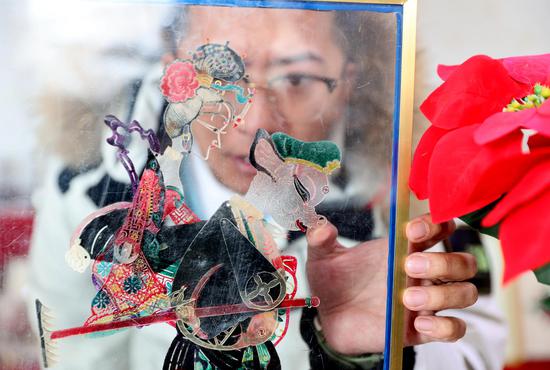



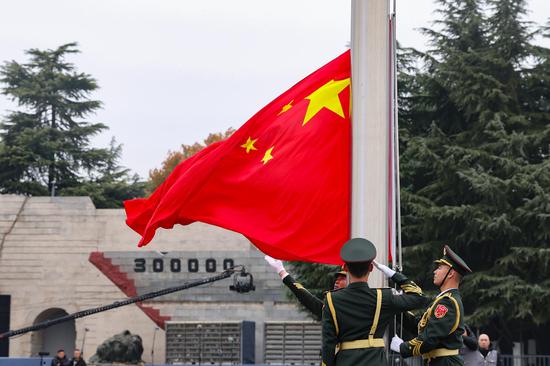

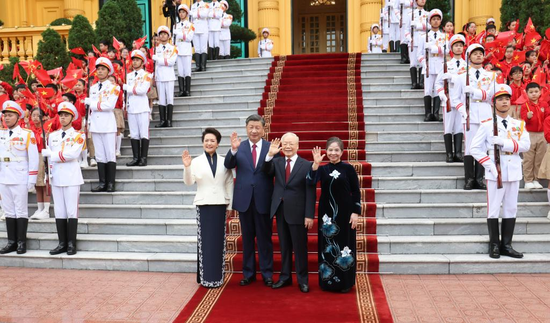


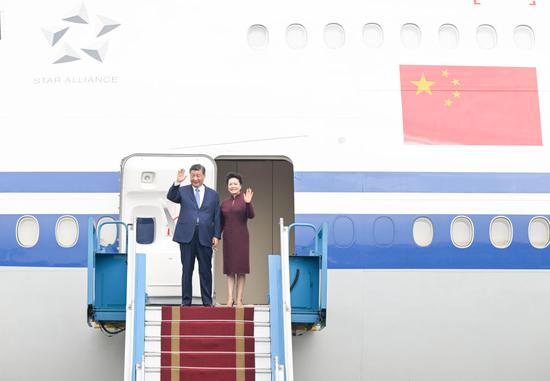







 京公网安备 11010202009201号
京公网安备 11010202009201号